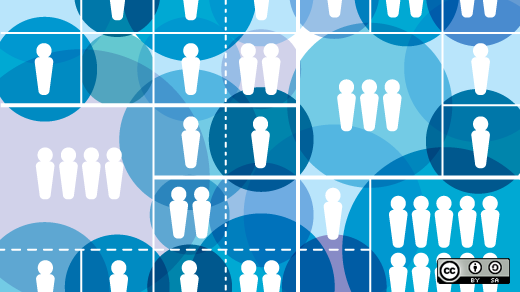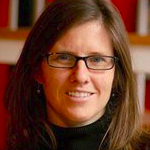What do you do when the profitable market for a drug is small, but the medical need is huge?
You open source it.
The current patent-based drug development process doesn't help the developing world much. Take for example, tuberculosis, recently called an "orphan giant" in an editorial in Nature. TB has a particularly high incidence of mortality in India and other parts of the developing world. The drugs that are currently used to treat TB though were developed back in the ‘50s and ‘60s, and it’s unlikely that the pharmaceutical industry will invest money into the clinical trials even if they do have promising leads.
Malaria has also long been considered one of the world's biggest orphan diseases, killing millions without generating much enthusiasm within pharma. And that's because diseases like malaria and tuberculosis afflict mainly poor populations, and so the drugs to treat them don't hold the promise for a big payoff.
The current approach to drug development takes too long, costs too much, and is too unpredictable for pharma to invest in small to non-existent commercial markets.
So for diseases like these, open source drug development has become one of the most promising avenues and we're finding more who seem to agree.
The Kernel
PLoS, the Public Library of Science has created a "kernel" that provides a source of potential drug targets and drug candidates around which an online open source community can nucleate.
Given enough eyeballs, all bugs are shallow
Open Source Drug Discovery (OSDD) has established an open source platform for both computational and experimental technologies. The 2,000-plus members of OSDD are students, scientists, academic institutions, and companies worldwide. Membership is open to anyone, and members are assigned credits based on their levels of involvement and contributions. OSDD's belief is that "we need to have a balanced view between health as a right and health as a business."
The community
Transparency Life Sciences is reaching past software programmers and drug researchers to statisticians, patient-engagement websites like Cure Together, and patient-driven, disease-specific databases to move clinical trial monitoring to the digital space via telemedicine apps. Transparency Life Sciences will be starting a pilot project this year involving a multiple sclerosis treatment and is looking for contributions of compounds, code, and expertise.
Even GlaxoSmithKline ventured into this open source experiment last year by creating an open source development program that offers up 13,500 chemical compounds that have the potential to decimate the parasites that cause malaria.
Some industry people see open source as a possible model for more future commercial drug development work, but others don't give it much of a chance with the billions of dollars at stake.
It remains to be seen whether the open source way can be successful in developing drugs for these orphan diseases. But if it is successful, perhaps the open source model of research and development can reinvigorate the ailing drug industry overall.






1 Comment